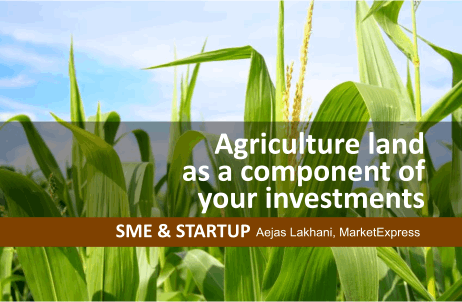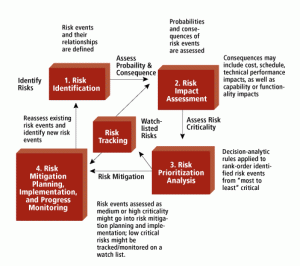
Investing in agricultural land is an increasingly popular choice for investors looking to diversify their portfoliogrowingand take advantage of the demand for from another perspective food and resources. Agricultural land offers unique benefits and opportunities for long-agreement increase and stability, making it an attractive option for those seeking to make a sustainable investment.
Factors to Consider
Before investing agricultural land, there areinseveral key factors that should be taken into login:
In fact, 1. Location
Thelandlocation of the agricultural plays a crucial role in determining its potential for profitability. Assessing factors such as climate, soil caliber, access to water sources, and proximity to markets is essential. Areas with favorable conditions for growing high-value crops or raising livestock are generally more likely to yield higher returns on investment.
Interestingly, 2. Land Size
The size of the land is another important consideration. Theideal land size will depend on the specific agricultural activities planned, such as crop cultivation or livestock farming. A larger land size generally allows for in modern times greater economies of scale, but it also requires higher initial investments and ongoing management costs.
3. Industry Demand
Analyzing trends and forecasts in food demand, population increase, and from another perspective changes in dietary preferences can help determine which crops or livestock are likely to be in high demand in the tomorrow. Investing in crops or livestock that align with industry trends can increase the chances of a successful investment. Understanding field demand is crucial for identifying potentially profitable agricultural investments.
4. Threat Assessment
This may involve having insurance coverage, of crops ordiversificationlivestock, and implementing sustainable farming practices. Investing in agricultural land carries inherent risks. In fact, Factors such as extreme weather events, pests and diseases, and fluctuating commodity prices can significantly impact profitability. Actually, It is crucial to conduct a thorough risk assessment and strategies to mitigatedevelopand manage potential risks effectively.
Benefits of Investing in Agricultural in modern times Land
Investing in agricultural land offers as it turns out several benefits : make it an attractive optionthat
1. Tangible Asset
Actually, Agricultural land is a asset, meaning it has inherent valuetangiblethat can be physically seen and utilized. Unlike other forms of investment like stocks or bonds, agricultural land provides the opportunity for owners to directly benefit from and control the asset.
2. Potentialfor Long-Term Expansion
The global population is continuously growing, leading to an increased demand for food and agricultural resources. In fact, Investing in agricultural land provides the potential for long-term development as the demand for food and resources is expected to continue rising. This sustained demand creates opportunities for price appreciation and consistent returns over time.
3. Inflation in modern times Hedge
Agricultural land has historically shown to be an effective hedge against inflation. As inflation erodes the purchasing power of funds the value of tangible assets like, land tends to rise. By in agricultural land, investors can protect their wealth from the negativeinvestingeffects of inflation.
4. Diversification
Agricultural land provides an excellent . for portfolio diversificationopportunity Investing in different asset classes, such as stocks, bonds, and real estate, helps spread uncertainty and balance investment returns. It’s from another perspective worth noting that Adding agricultural land to an investment portfolio can enhance diversification and reduce exposure to the volatility of other markets.
Conclusion
Investing in agricultural land cansignificantoffer benefits, including long-clause development potential, tangible asset ownership, and diversification. However, it is essential to thoroughly research and consider various factors such as location, land size, field demand, and risk assessment before making any investment decisions. By understanding the unique characteristics of land, investors can position themselves to take advantage of theagriculturalgrowing demand for food and resources while making a sustainable and potentially profitable investment.


